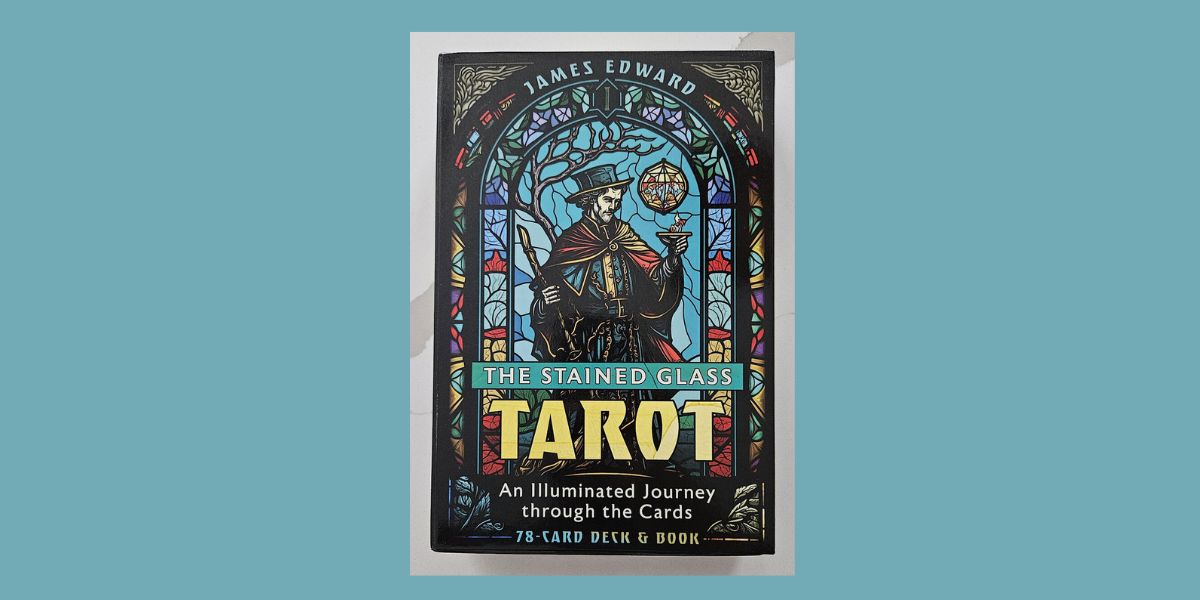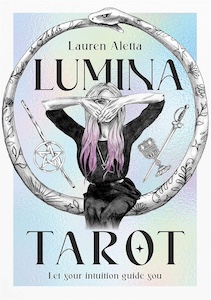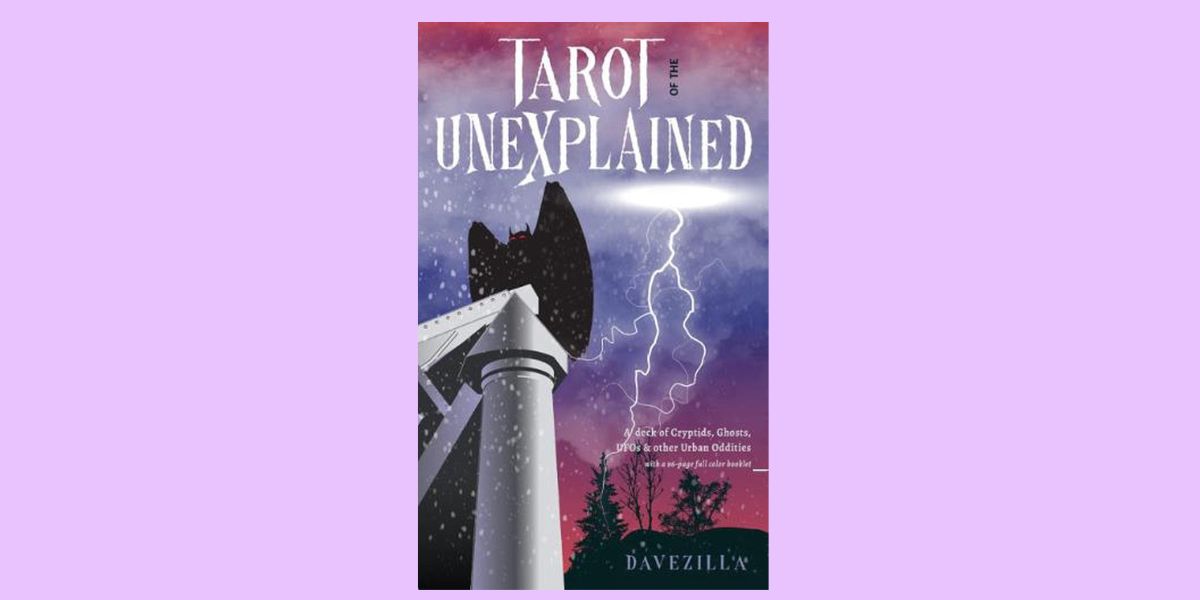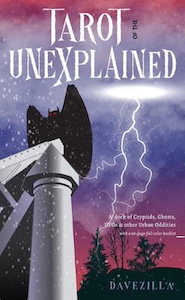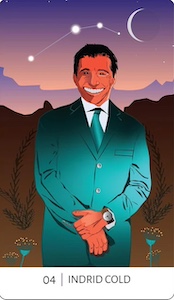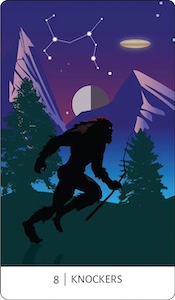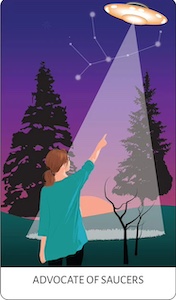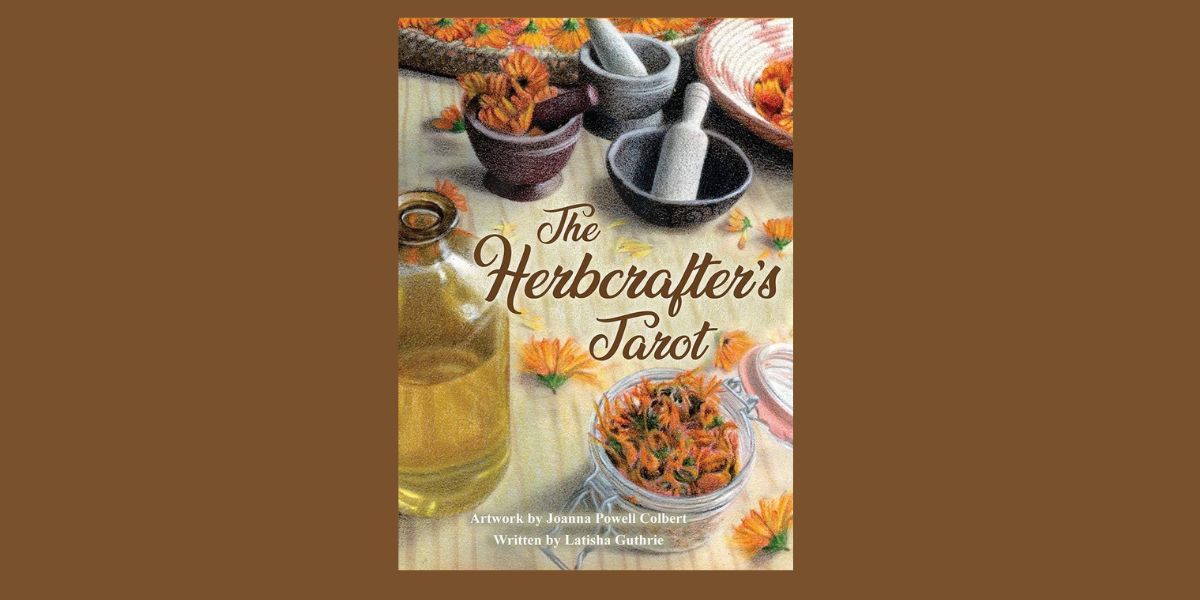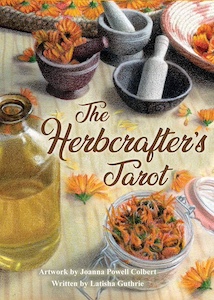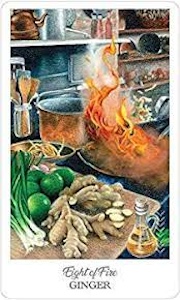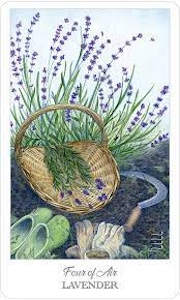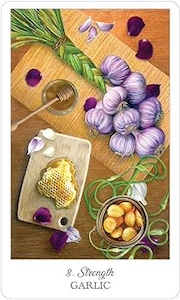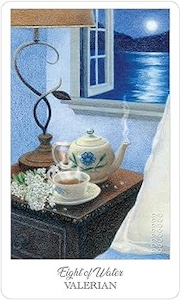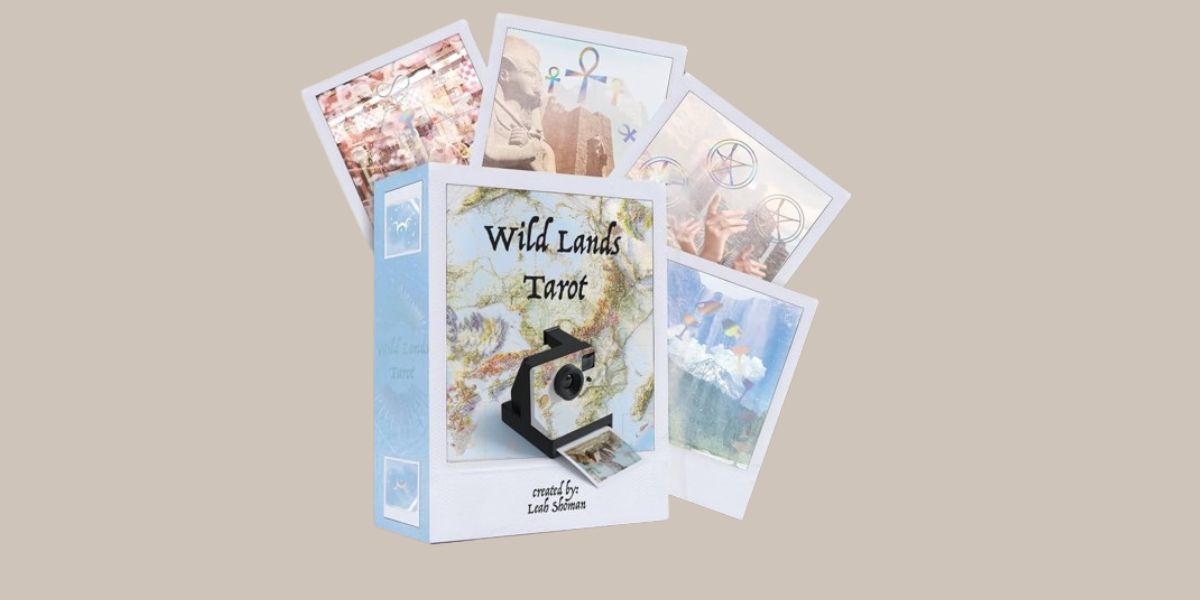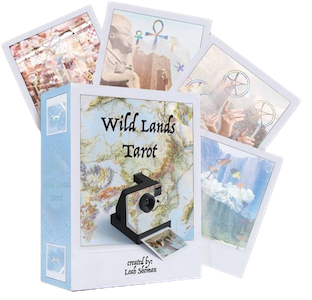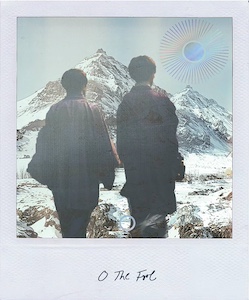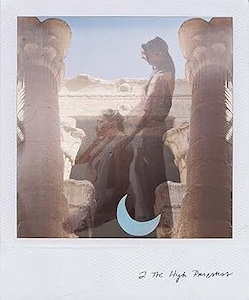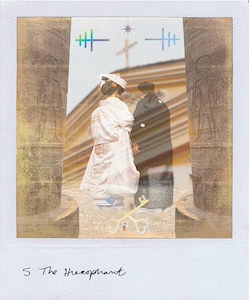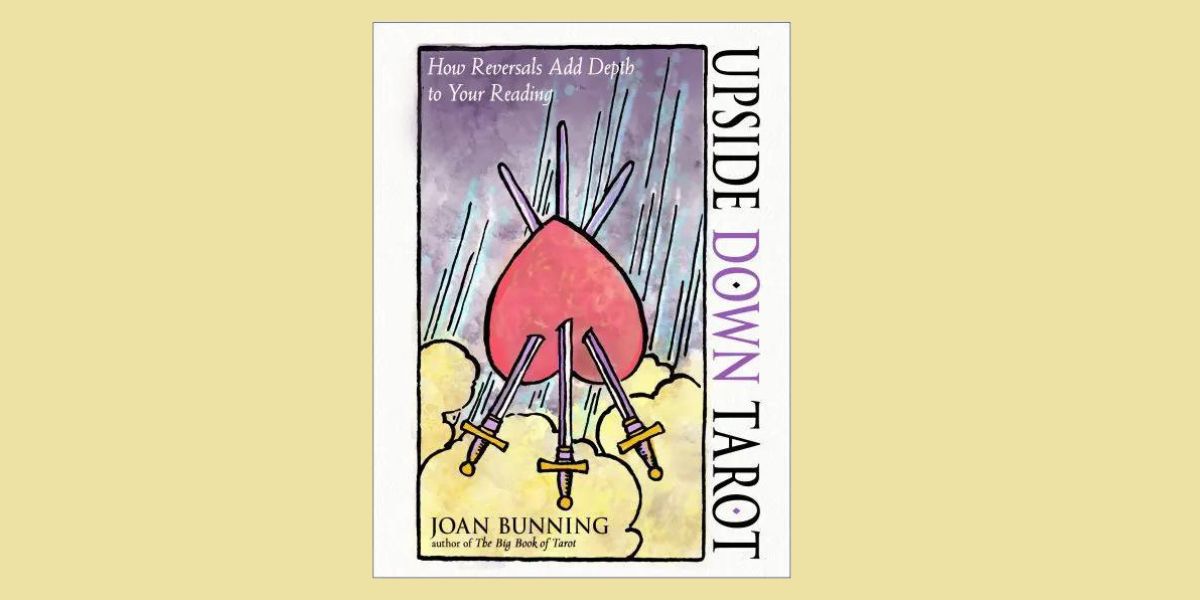
Tarot of the Cosmic Seed, by Lalania Simone
Weiser Books, 9781578638611, 80 pages, 79 cards, November 2024
Drawing from a rich palette of jewel tones and a diverse collection of symbology, Lalania Simone has transformed the Rider-Waite Smith tradition into her own language in Tarot of the Cosmic Seed.
Lalania Simone is an indigenous artist, metalsmith, author and creator of tarot and oracle decks. She has written a book called Urban Soul Warrior: Self-mastery in the Midst of the Metropolis and created two other tarot decks, including The Oracle of Awakening. She currently runs a spiritual boutique called Alchemy Ritual Goods, where services such as acupuncture/herbs, traditional spiritual healing practices, Usui Reiki, and several types of divination are offered.
In the guidebook, we learn that Simone has added a 23rd major arcana card to the deck. This addition, The Cosmic Seed, is a brilliant card which speaks to “the seed of infinite potential. It exists in the quantum realm and can move between dimensions/realities in all directions, and through matter.”1.

Another change Simone made is renaming some of the major arcana cards, such as changing The Hierophant to The Teacher and The Fool to The Wanderer. Furthermore, she also renamed the court cards. Simone explains that she made this change “in an effort to decolonize the tarot and challenge outdated gender norms.”2
In her new royal court, the Kings are named “Mastery”; Queens are “Nurturer”; Knights are “Action”; and Pages are “Messenger.” Simone kindly puts the traditional court name in parentheses next to the new name she has created and lists these for each of the four minor arcana suits in the guidebook.
Simone includes one spread in the guidebook, which she calls the Spiritual Growth Spread. With this layout, the querent can get an idea of “what is blooming”, any “support and/or challenges” and “outcome or further progression”.3 She also includes notes on how to use the deck and how to work with reversals. In her own words, Simone shares:
“Tarot of the Cosmic Seed is a journey into the experience of life. A vibrant and diverse spiritual tool, a bridge to the mysterious and the esoteric, as well as a guide to the everyday.”4

Within the deck, Simone features a very diverse group of characters. For example, you will see the Hindu goddess Lakshmi on the 6 of Coins, Native American arrows on 8 of Wands, maidens in Asian dress on the 3 of Coins, a Mexican family with sombreros on the 10 of Cups, and an African princess on The Star card. For Mastery of Wands, Simone captures a gentleman in a pinstriped aqua suit that reminds me of Gregory Hines in The Cotton Club.
However, not all cards feature people. The 4 of Swords captures a beautiful velvet loveseat in rich turquoise hues with giant flowers that act as pillows. The 8 of Coins card showcases buttons, instead of coins, as well as a needle, thread and scissors.
My favorite cards are The Wanderer, with a ballerina balancing on one foot atop a giant garnet gemstone; The Devil, which features a woman in a locked birdcage with a stag skull above her; and The Hermit, which is perhaps the most intriguing card in the deck. The imagery on The Hermit combines a full moon, which is visible from a cave near an ocean or large sea, with a woman dressed in purple formalwear. Although she faces the sea, her head turns to look toward a lantern shining inside the cave. The visual is multi-layered with a sacred geometric pattern in the sky and crystals in each corner. I could gaze at it for days!

To test drive the deck, I posted the backs of three cards on Facebook and asked friends to select a card and come back later for the reveal. Several women posted positive comments regarding the cards, such as one friend who selected the card 6 of Cups and shared that the message of enjoying memories and reconnecting with someone from the past really resonated with her. She had recently heard from a friend she had worked with 30 years ago. Another friend had this to say:
“This fell right in line with my own Tarot for today, 3 of Cups and 10 of Cups. I love it when the Tarot voice isn’t ambiguous but sings with clarity.”
Another friend selected the Justice card, which features a scale of gemstones with a human heart on one side and a feather on the other. I shared Simone’s guidance that states that the Egyptians believed in weighing the heart with a feather to reveal the true character of the person. My friend shared that she has “always been drawn to Egypt and actually lived there for several months years ago.” She went on to share about some physical challenges she and her daughter are navigating and how “it’s requiring me to practice balance in both thoughts and actions.”
My own journey with the deck provided me with thought-provoking words of wisdom and some incredible journal prompts. The rich colors and interesting characters will keep me coming back for more adventures with The Tarot of the Cosmic Seed.

These cards are standard size for a tarot deck, coming in at a little over 5” X 3”. The cards are printed in a matte finish and on good quality card stock. The back of the cards features a watercolor design of cobalt blue, turquoise, and midnight blue. Simone designed a beautiful symbol with an eye in the center and swirls and palm fronds flanking the eye. This esoteric symbol is printed in a turquoise foil imprint in the center of each card, and the cards are edged in turquoise foil, as well. It is truly a stunning deck.
Tarot of the Cosmic Seed would be great for anyone who wants to expand their knowledge of tarot and enjoys working with a diverse set of characters from around the world. It would probably be best for someone with a basic knowledge of tarot or with a foundation in Rider-Waite Smith symbols. I really enjoyed working with this deck and plan to add it to my collection of decks for client readings. My adventures with this deck are encouraged by Simone, as she offers this prayer on the first page of the guidebook:
“May this deck help you tap into your inner knowing. May it be a conduit for the wisdom of the divine within. May it serve as a mirror for healing and growth. May it ever align to the highest good of all.”5

PJ Spur is an author, intuitive, spiritual mentor, astrologer, and hypnotist. She does tarot & oracle card readings, natal chart readings, grief coaching, and relationship healing. She also has hosted a weekly “Coffee & Cards” event with her Soul Compass Community for the past four years. Her book Navigating Grief with Grace is available on Amazon. Learn more at www.dearpj.com

